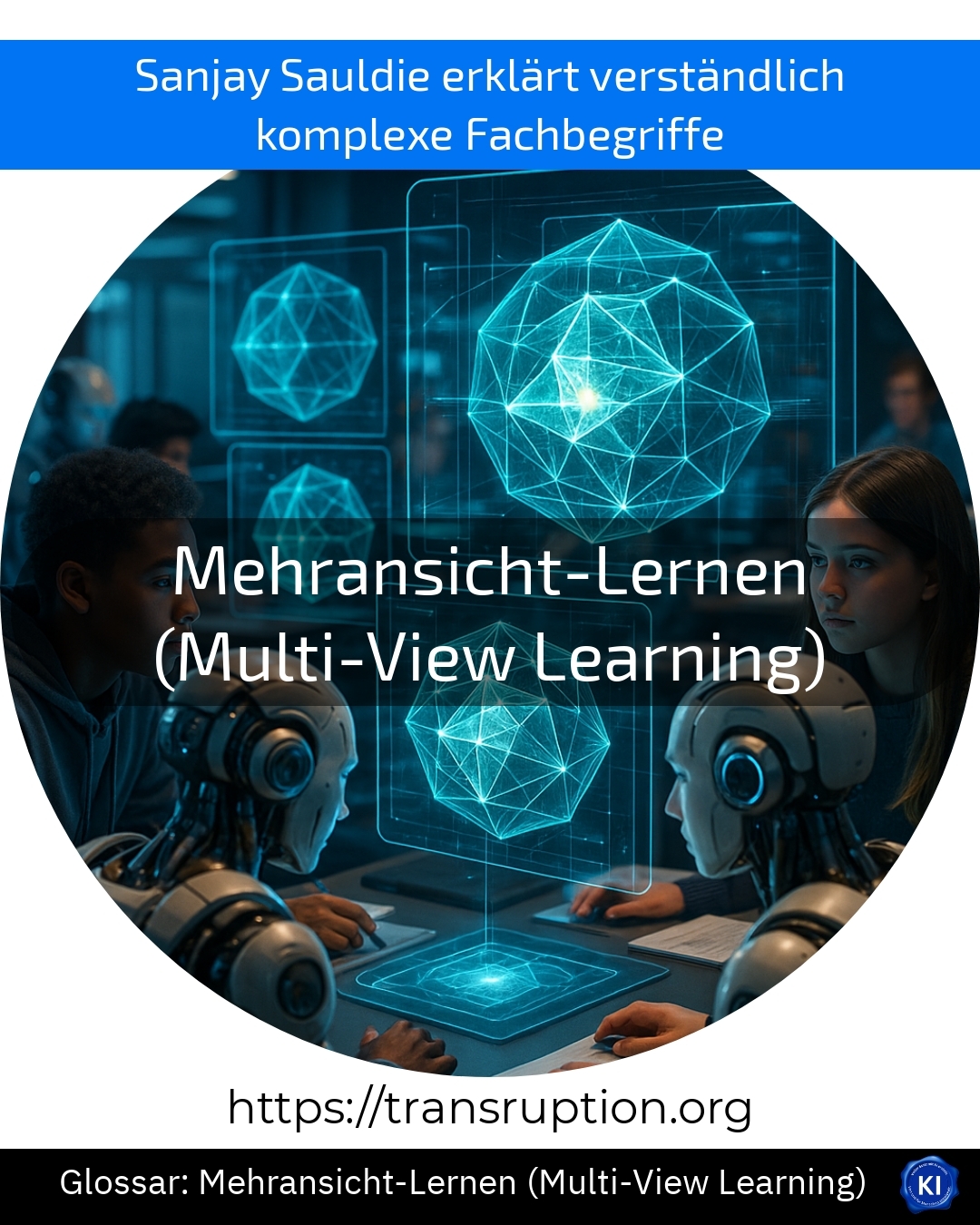Multi-view learning is a term used in the fields of artificial intelligence and big data. It describes a method in machine learning in which a system simultaneously utilises different perspectives or data sources in order to achieve better results.
Imagine you want to automatically categorise an email as "important" or "unimportant". Instead of just analysing the text of the email, multi-view learning can also include data such as the sender, the subject and the time. Each of these pieces of information is a separate "view". The system therefore combines different perspectives on the same task and thus makes more precise decisions.
Multi-view learning is used when data is available from different sources, for example in image recognition or when analysing large data sets in companies. By combining multiple views, complex correlations can be discovered that would remain hidden with just one data source.
For companies and decision-makers, multi-view learning offers the opportunity to gain an even better understanding of their diverse data and thus to optimise processes, products or customer offers in a more targeted manner.















